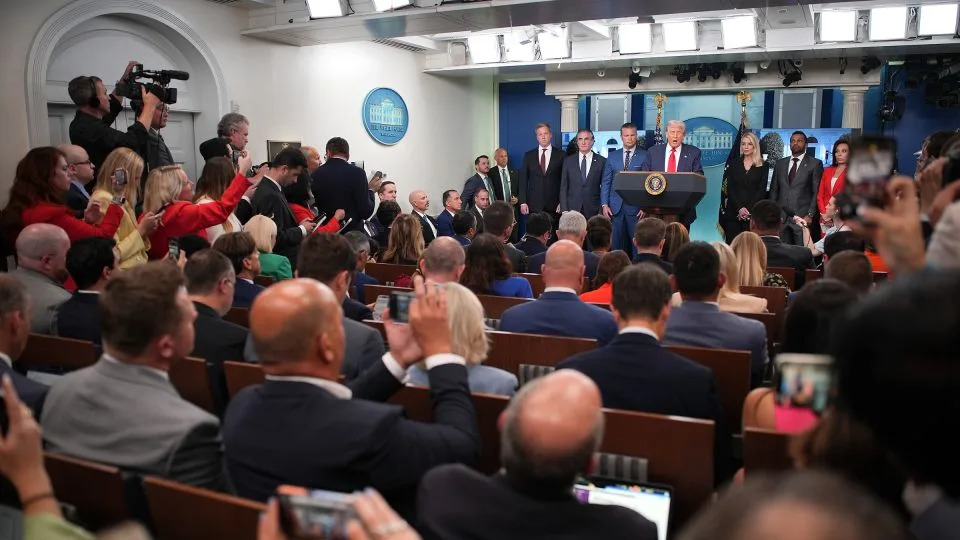
For years, it has seemed as if President Donald Trump really wanted to deploy the military on US soil and was just looking for the right opportunities to do it.
It’s escalating – and in a way that reinforces how extraordinary and fraught Trump’s gambit is.
He announced on Monday that he is placing the Washington, DC, Metropolitan Police Department under federal control and is deploying the National Guard to deal with crime in the city.
The former is unprecedented, while the latter – deploying the guard – has a handful of precedents in DC and other cities.
But as with Trump’s first mobilization of the troops this year, two months ago amid protests in Los Angeles, he’s stretching the bounds of presidential action for a situation that doesn’t appear on par with past deployments. And this move is likely to add to fears – including among some former Trump administration officials – that the president is crossing a line on militarizing the homeland and politicizing troop deployments.
Trump’s stated rationale is that crime in DC is “out of control.” He and his allies have seized on a brutal recent assault of a former staffer for the Department of Government Efficiency.
As plenty have noted, though, DC violent crime is actually down in recent years. It spiked in 2023, but has been declining since then. The most recent data from the Metropolitan Police Department show violent crime is down 26% so far this year from 2024.
The data also show violent crime this year has been lower than at any point in at least six years, the Washington Post reported. In other words, it’s lower than at the tail end of Trump’s first term.
None of which means crime isn’t a problem in DC or isn’t high, relative to lots of other places. (In a Washington Post-Schar School poll this spring, crime, violence and guns were at the top of the list when DC residents were asked to name the biggest problem facing the district, although the share naming crime as a major problem was down significantly since 2022.)
But things had already apparently been moving in the right direction without federal intervention, which makes Trump’s decision appear more arbitrary. If this move is warranted today, why wasn’t it late in his first term?
From there, it’s a question of whether the problem fits with the extraordinary remedy Trump is putting forward – and whether it represents a troubling precedent.
Top officials in Trump’s first term worried about his penchant for calling in the troops – something they have said they talked him out of – because of its overtones of getting the military involved in domestic politics and its potential to inflame situations. Some of these same officials have said Trump has fascist tendencies.
The situations where Trump has called in the guard are unlikely to tamp down those fears.
Presidents have done this before, but almost always to deal with large-scale disturbances like riots.
A backgrounder issued by the National Guard in 2020 said state militia and the guard worked to quell race riots and labor strikes in the late 19th and early 20th centuries. But for 90 years between 1867 and 1957, no president federalized them.
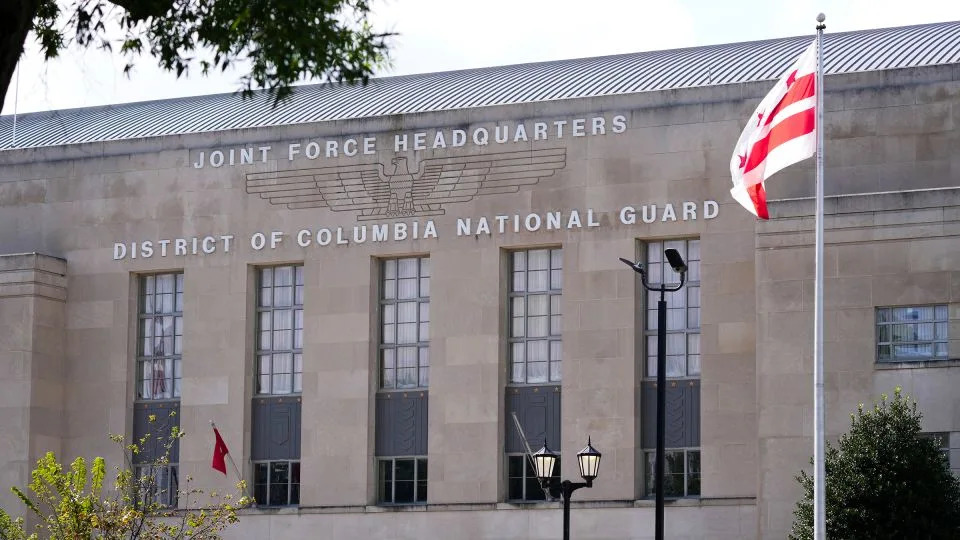
In the years that followed, a succession of presidents federalized the guard to deal with ugly scenes during the Civil Rights era. Then it was called in to deal with race riots in Detroit (1967) and after the Rev. Martin Luther King Jr.’s assassination (1968). Before Trump called the Guard in to deal with racial justice protests in DC in 2020, the last example had been the Rodney King riots in Los Angeles in 1992.
In other words, Trump is calling in the guard for a very different purpose even from the rare instances in which this has been done before.
Trump’s decision to call in the guard in Los Angeles two months ago would seem more in line with that history, but it too was unusual.
The violence amid the president’s controversial immigration raids didn’t seem to be nearly as serious or widespread as Trump claimed or at all comparable to the Rodney King riots. And it was the first time in 60 years that a president had called in the troops without a request from a governor. (A trial this week is set to determine whether Trump exceeded his authority.)
All of which reinforces how Trump is indeed breaking new ground.
Americans have been skeptical of using troops on US soil
The second reason this is so fraught is that it doesn’t really seem to be something Americans are asking for – and could be something they are quite skeptical of.
Trump in June didn’t just deploy the guard to deal with the Los Angeles protests; he also sent in Marines. Those Marines were only there to protect federal property, but it raised the prospect of an even more heavy-handed crackdown.
Some polls showed a split verdict, but a Washington Post-Schar School poll showed Americans paying close attention to the Los Angeles situation opposed sending the guard and the Marines 54-37%. And weeks later, a Quinnipiac University poll showed voters disapproved of sending in the Guard 55-43% and disapproved of sending in the Marines 60-37%. (Independents disapproved of the latter more than 2-to-1.)
Going back to 2020, CNN polling showed Americans said 60-36% that it would be inappropriate for a president to “deploy the U.S. military in response to protests in the United States.”
So, Trump’s proposition is a dicey one.
And it’s not just that the president has taken these extraordinary steps; he’s repeatedly suggested they could be a part of a new ratcheted-up role for the military in policing the country.
“I can inform the rest of the country that when they do it, if they do it, they’re going to be met with equal or greater force than we met right here,” he said amid the mobilization in Los Angeles, referring to protesters getting violent.
On Monday, he left open the possibility of deploying active-duty troops in DC – i.e. not just the guard – although he said he didn’t think that would be necessary. And he said he could take a similar approach to cities like Chicago and New York.
“Then I’m going to look at New York, in a little while. Let’s do this. Let’s do this together. Let’s see. It’s going to go pretty quickly,” Trump said. “And if we need to, we’re going to do the same thing in Chicago, which is a disaster.”
Trump has threatened these things before. He’s now following through in ways that seem designed to test our tolerance for a very different kind of country.
For more CNN news and newsletters create an account at CNN.com
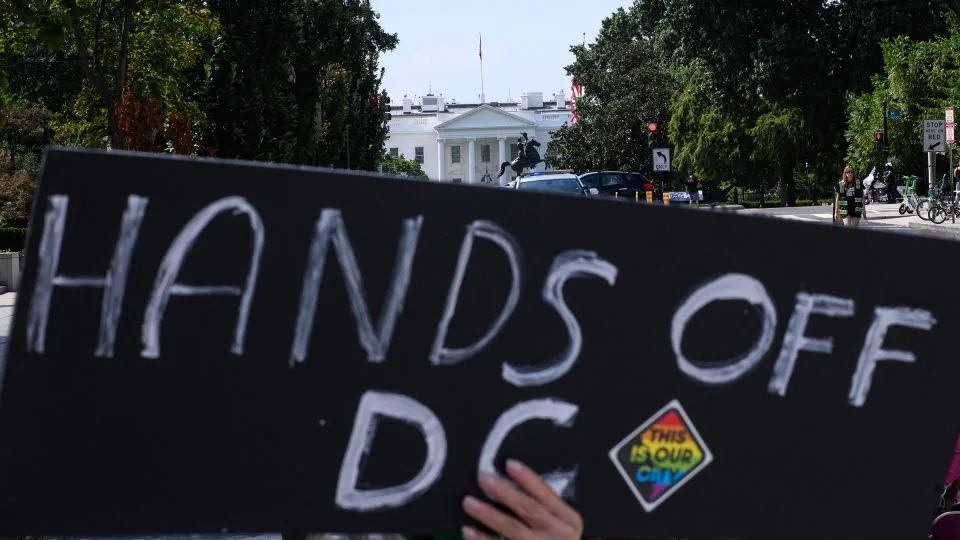

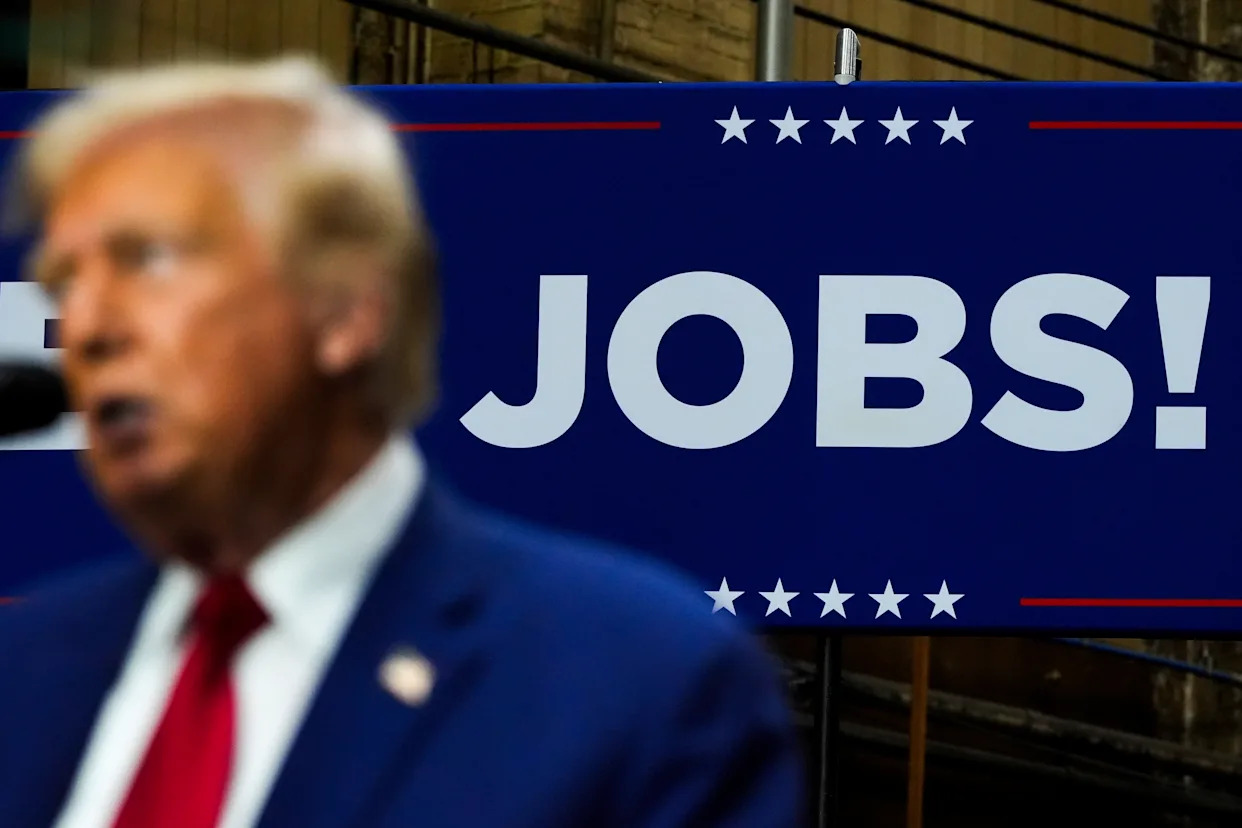

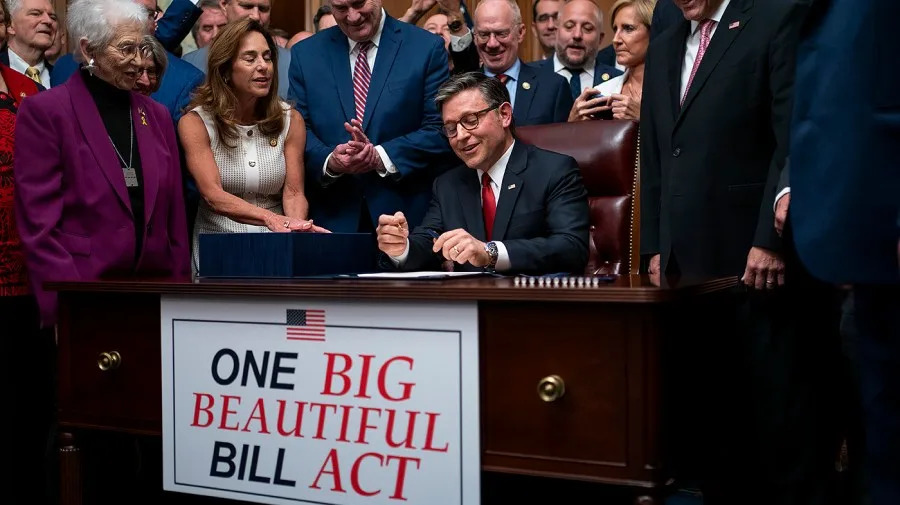
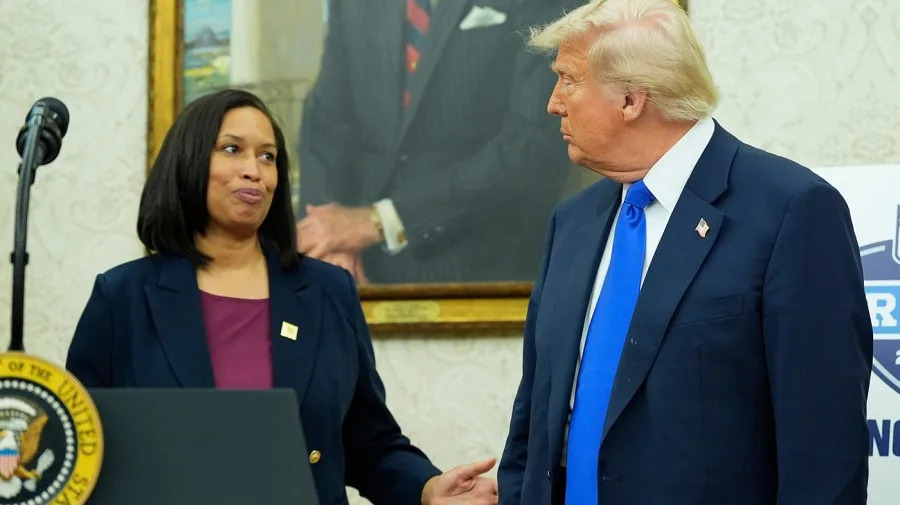

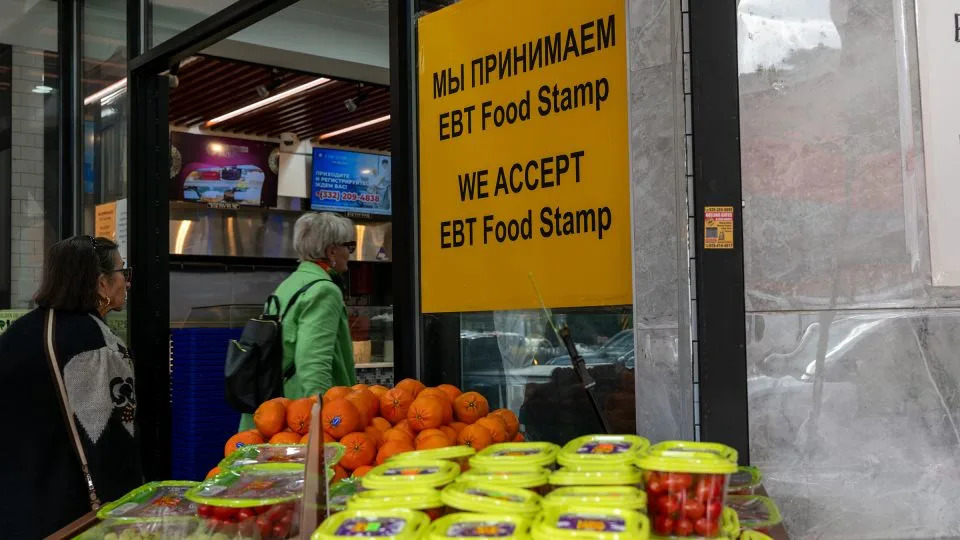
Comments